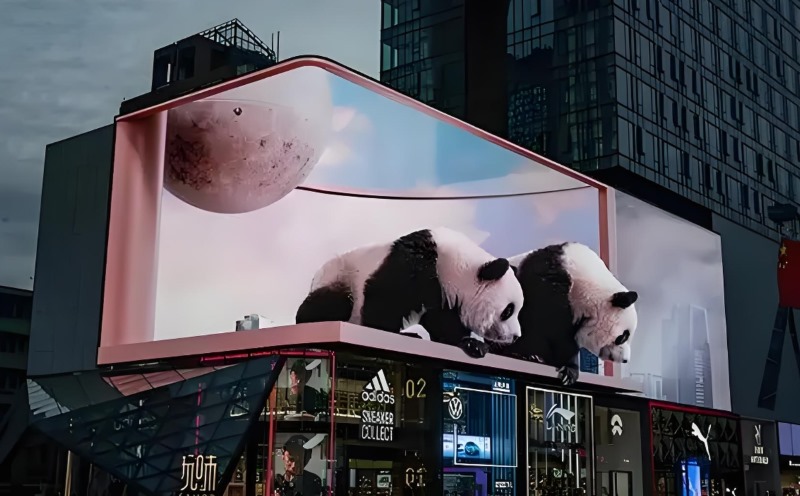LED displays are becoming increasingly popular in the retail industry. They are a versatile and effective way to communicate with customers and promote products and services. LED displays can be used in a variety of ways, including:

Digital signage: LED displays can be used to display digital signage, such as product information, promotions, and videos.
Interactive displays: LED displays can be used to create interactive experiences for customers, such as touchscreens and virtual reality displays.
Ambient lighting: LED displays can be used to create ambient lighting that can enhance the atmosphere of a retail space.
Benefits of using LED displays in retail.
There are several benefits to using LED displays in retail. Some of the benefits include:
Increased brand awareness: LED displays can help to increase brand awareness by displaying eye-catching visuals and messages.
Enhanced customer experience: LED displays can help to create a more engaging and interactive customer experience.
Increased sales: LED displays can help to increase sales by promoting products and services in a visually appealing way.
Improved customer loyalty: LED displays can help to build customer loyalty by creating a positive brand experience.
Types of LED displays used in retail
Several different types of LED displays can be used in retail. Some of the most common types include:
Shelf edge displays: Shelf edge displays are small LED displays that are placed on the edge of shelves. They are used to display product information and promotions.
Window displays: Window displays are large LED displays that are placed in windows. They are used to attract customers to the store and to promote products and services.
Ceiling displays: Ceiling displays are large LED displays that are suspended from the ceiling. They are used to create a dramatic and immersive environment.
How to use LED displays effectively in retail.
There are several things that retailers can do to use LED displays effectively. Some of the tips include:
Use high-quality content: The content on your LED displays should be high-quality and visually appealing.
Update your content regularly: Your LED displays should be updated regularly to keep them fresh and relevant.
Use a variety of content: Your LED displays should display a variety of content, including images, videos, and text.
Target your audience: Your LED displays should be targeted to your specific audience.
Track the effectiveness of your LED displays: You should track the effectiveness of your LED displays to see how they are performing.
Examples of LED displays in retail
Several retailers are using LED displays successfully. Some examples include:
Apple: Apple uses LED displays in its stores to showcase its products and services.
Nike: Nike uses LED displays in its stores to create an immersive and interactive experience for customers.
Starbucks: Starbucks uses LED displays in its stores to display product information and promotions.
Walmart: Walmart uses LED displays in its stores to advertise its products and services.
Conclusion
LED displays are a powerful tool that can be used to enhance the customer experience and drive sales. Retailers should consider using LED displays in their stores to stay competitive in the digital age.